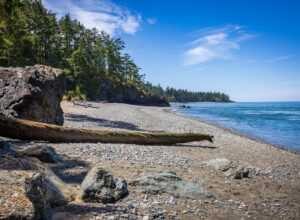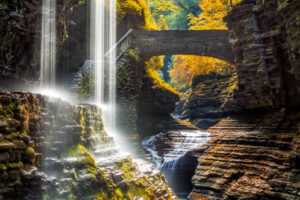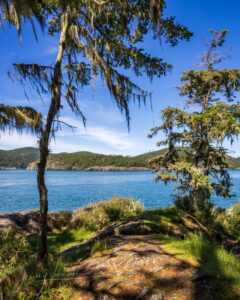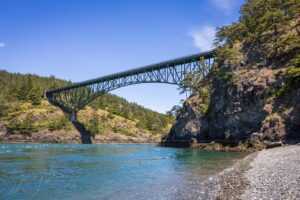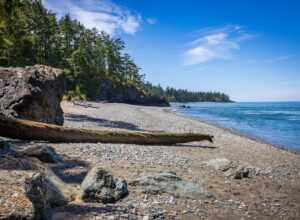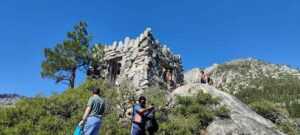Nestled in the gentle embrace of Maryland’s landscape, Greenbrier State Park stands not only as a haven for nature enthusiasts but also as a custodian of a rich historical legacy. As we embark on a walk through time, this article peels back the layers of history woven into the fabric of the park, unraveling the stories, landmarks, and events that have shaped its development and added a timeless depth to its natural beauty.
Native American Presence: Echoes from the Past
Long before the park’s establishment, the land that Greenbrier State Park now occupies held significance for the Native American communities in the region. The remnants of their presence linger in the form of artifacts and archaeological sites, creating a tangible connection to the park’s pre-colonial history. These echoes from the past serve as a reminder of the longstanding relationship between indigenous communities and the land that would later become Greenbrier State Park.
Colonial Roots: Early Settlement and Industry
As European settlers ventured into the region, the landscape underwent transformation. The park’s surroundings witnessed the establishment of early settlements and the emergence of industries that contributed to the development of the local economy. Historical records and remnants of structures tell tales of a bygone era when the landscape was shaped by the hands of early pioneers.
The Civilian Conservation Corps (CCC) Era: A New Chapter
The 1930s marked a transformative period for Greenbrier State Park with the arrival of the Civilian Conservation Corps (CCC). As part of President Franklin D. Roosevelt’s New Deal initiatives, the CCC played a pivotal role in the development of public parks across the nation. In Greenbrier, young men from the CCC undertook projects that shaped the park’s infrastructure, including the construction of trails, picnic areas, and the picturesque dam that created Greenbrier Lake. Their legacy endures in the carefully crafted features that continue to define the park’s character.
The Creation of Greenbrier State Park: A Vision Realized
Greenbrier State Park officially came into being in 1960, a culmination of efforts to preserve the natural beauty of the region for future generations. The park’s establishment was part of a broader movement to safeguard natural spaces and provide recreational opportunities for the public. Since its inception, the park has welcomed visitors seeking respite, adventure, and a connection with the great outdoors.
Anecdotes and Stories: Bringing History to Life
As visitors traverse the trails and enjoy the park’s amenities, they become part of a living history. Anecdotes and stories passed down through generations enrich the experience, adding a human touch to the landscape. Tales of families camping under the same trees for decades, of memorable hikes along trails that have witnessed countless footsteps, and of the laughter echoing around campfires create a living narrative that intertwines with the park’s natural allure.
Preserving the Past for the Future: Conservation and Interpretation
The historical legacy of Greenbrier State Park is carefully preserved through conservation efforts and interpretative programs. Preservation of archaeological sites, restoration of CCC-built structures, and educational initiatives contribute to ensuring that the stories of the past are not forgotten. Visitors can engage with the historical legacy through interpretative signage, guided tours, and educational programs that bring the park’s rich history to life.
Conclusion: A Tapestry of Time and Nature
Greenbrier State Park weaves a tapestry where the threads of history intertwine with the lush greenery, serene lake, and scenic trails. As visitors explore the park, they become time travelers, glimpsing the echoes of Native American presence, the industrious era of early settlers, the transformative period of the CCC, and the ongoing stories created by generations of park enthusiasts. The historical legacy of Greenbrier State Park is not merely a collection of facts but a living narrative that enhances the natural beauty, inviting all who visit to take a walk through time.


